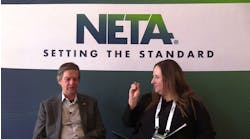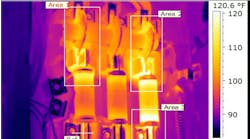The first four Chapters of the NEC apply to all installations, except as modified by the four Chapters that follow (5, 6, 7, 8). Chapter 2 provides the basis for wiring (but not wiring methods) and protection. It’s arranged into these groupings (not officially recognized as such in the NEC, but the arrangement exists):
- Identifying and using grounded (not grounding) conductors. Article 200.
- Rules by type of distribution (services, feeders, branch circuits), including load calculation. Articles 210, 215, 225, 230.
- Overcurrent protection. Article 240. For services, also covered in Article 230, Part VII (yes, use the rules from both places).
- Grounding and bonding. Article 250.
- Transient protection. Articles 280 and 285.
It’s important to note that the requirements for grounded conductors aren’t in “the grounding and bonding Article” (250). This helps avoid confusion between the grounded conductors and grounding conductors:
- A grounded conductor is a system or circuit conductor that is intentionally connected to the system “ground” (typically at the transformer or other source). A common example is the neutral wire. The neutral conductor is connected to the neutral point of a system, and that connection is what makes it the neutral. On systems 50V to 1,000V, the neutral is always grounded [250.20(B)]. But the grounded conductor isn’t necessarily the neutral in all systems, so don’t use these terms interchangeably.
- A grounding conductor is one that connects something to the system ground. An example is the equipment grounding conductor, which connects normally non-current carrying metal parts of equipment together and to the system grounding conductor and/or the grounding electrode conductor.
Sponsored Recommendations
Sponsored Recommendations




